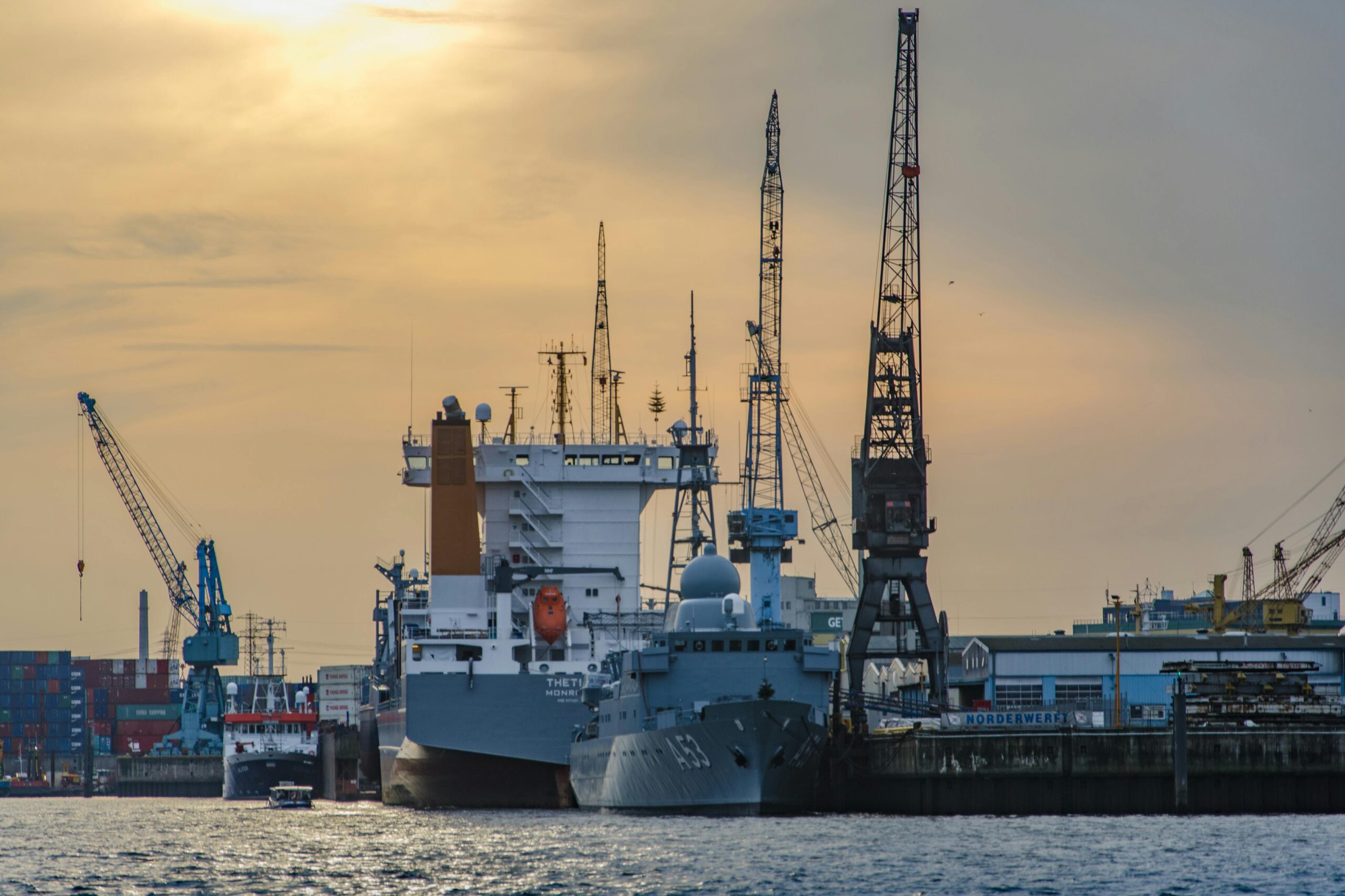Russia stands tall among the global giants in oil and natural gas production, wielding significant influence over energy markets worldwide. Its abundant reservoirs of oil, natural gas, and coal have propelled it to the forefront of the global energy landscape. Recent years have seen Russia intensify its efforts in expanding energy exports, particularly targeting markets in both Asia and Europe. With the HS code for oil and crude oil designated as 2709, the magnitude of Russia’s oil exports was staggering, reaching $133 billion in 2022, while its oil imports amounted to a mere $20.1 million.
The vitality of energy exports to Russia’s economy cannot be overstated, constituting a substantial portion of its total export revenue. The diversification and expansion of its oil export destinations underscore the strategic importance of its trade partnerships. Let’s delve into the pivotal role played by Russia’s foremost trade allies in the realm of oil exports.
Who Tops Russia’s Chart of Oil Export Allies?
Russia, a global powerhouse in oil production, captures the attention of energy markets worldwide with its export activities. In the annals of 2022, China emerges as the primary purchaser of Russia’s crude oil and fossil products, accounting for a staggering $24.6 billion. Ranking as the second-largest supplier of crude petroleum globally, Russia’s export prowess soared to $133 billion. Noteworthy among Russia’s oil and fossil fuel export destinations are China ($51 billion), India ($25.5 billion), Germany ($11.5 billion), the Netherlands ($9.25 billion), and Italy ($6.33 billion). In the preceding year, Italy ($2.49 billion), China ($15.6 billion), and India ($24.6 billion) stood out as Russia’s top three crude oil export markets.
The top trading partners for Russia’s oil exports in 2022 encompass a diverse array of nations:
China: $51 billion (38.4%)
India: $25.5 billion (19.2%)
Germany: $11.5 billion (8.68%)
Netherlands: $9.25 billion (6.97%)
Italy: $6.33 billion (4.77%)
Poland: $5.89 billion (4.44%)
Bulgaria: $3.03 billion (2.28%)
Romania: $2.63 billion (1.98%)
Slovakia: $2.48 billion (1.87%)
Hungary: $2.39 billion (1.8%)
Navigating Through the Turbulent Waters of Geopolitics
The conflict between Russia and Ukraine has cast a shadow over Russia’s oil exports, inflicting considerable setbacks. The hostilities between the two nations have fueled a surge in WTI and Brent crude oil prices, escalating by $37.14 million and $41.49 million, respectively. Geopolitical tensions have heightened, raising concerns about the security of oil supply routes traversing Ukraine.
Navigating Through the Choppy Seas of Oil Exports
In the lead-up to the OPEC summit, Russia witnessed a decline in its average oil shipments for the third consecutive week. This downward trajectory, initiated two months prior, was purportedly attributed to technical challenges in implementing significant production cuts. Despite commitments to meet April’s production targets, reduced output translated to diminished shipments abroad. However, in the first half of May, Russia’s oil production surged by 4%, reaching 5.45 million barrels per day, following repairs to facilities damaged by Ukrainian drone strikes.
In Retrospect
The significance of Russia’s oil exports to its economy cannot be overstated, with its trade partners playing a pivotal role in sustaining this vital industry. From the bustling markets of China to the tranquil shores of the Netherlands, these partnerships fortify Russia’s position in the global oil market, cementing its status as a premier oil exporter. Through nurturing these alliances, Russia charts a course for continued success in the fiercely competitive arena of oil exports.





